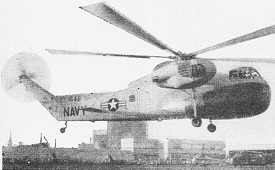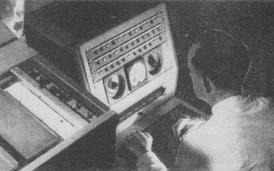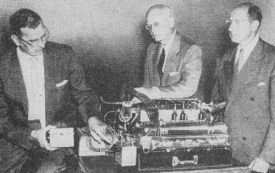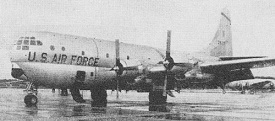Sky-High Radar | Trial/Error Machine | Lab Aloft Chases Cosmic Rays
|
|
Here are a few tech headlines from the January 1957 issue of Popular Electronics magazine. Sky-High Radar by Sikorsky is a new high-powered airborne search radar. The electronic Trial & Error Machine "differentiates between right and wrong decisions and profits from its own mistakes," making it the perfect gadget for today's environment where any freakish act gets rewarded and eventually normalized. Lab Aloft Chases Cosmic Rays uses a UASF KC-97 Stratofreighter for researching those mysterious and ubiquitous high energy entities which perpetually bombard our Earthly existence. This Brain That Squirts reports on Bendix's prototype carburetor that uses an electronically controlled "electrojector" to inject fuel directly into the cylinder. Now, all of our internal combustion vehicles contain an electrojector. Sky-High Radar  A
sailor in the "crow's nest" atop the tall forward mast was once the Navy's method
for seeing ahead. Later, the rotating search radar helped to keep a lookout
in night and fog. Now Sikorsky's new radar helicopter, shown at left, hovers as
a high vanguard above the fleet, expanding the early-warning range. The bulging
radome in the nose houses the antenna for high-powered radar, capable of spotting
planes at double the usual distance. A
sailor in the "crow's nest" atop the tall forward mast was once the Navy's method
for seeing ahead. Later, the rotating search radar helped to keep a lookout
in night and fog. Now Sikorsky's new radar helicopter, shown at left, hovers as
a high vanguard above the fleet, expanding the early-warning range. The bulging
radome in the nose houses the antenna for high-powered radar, capable of spotting
planes at double the usual distance.
Trial/Error Machine
This "Brain" Squirts
Lab Aloft Chases Cosmic Rays
Posted January 23, 2023 |
|



